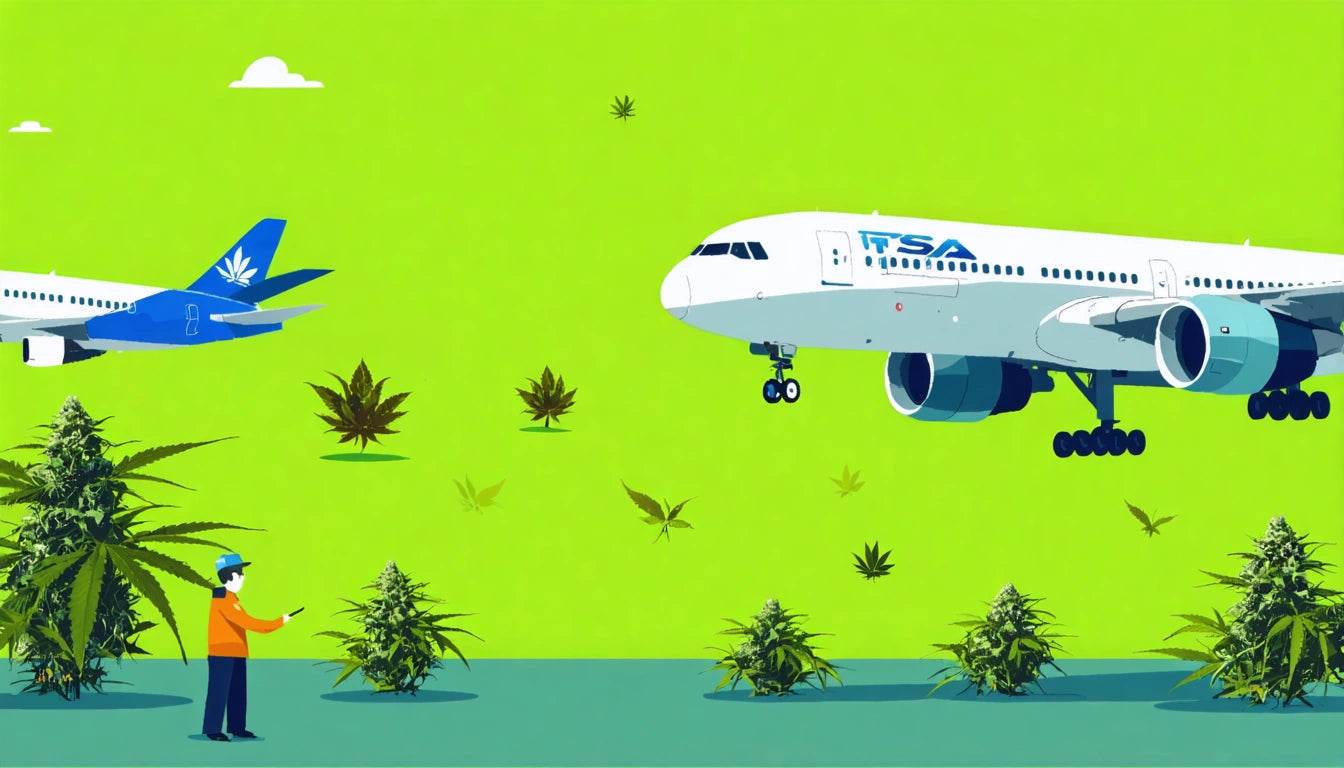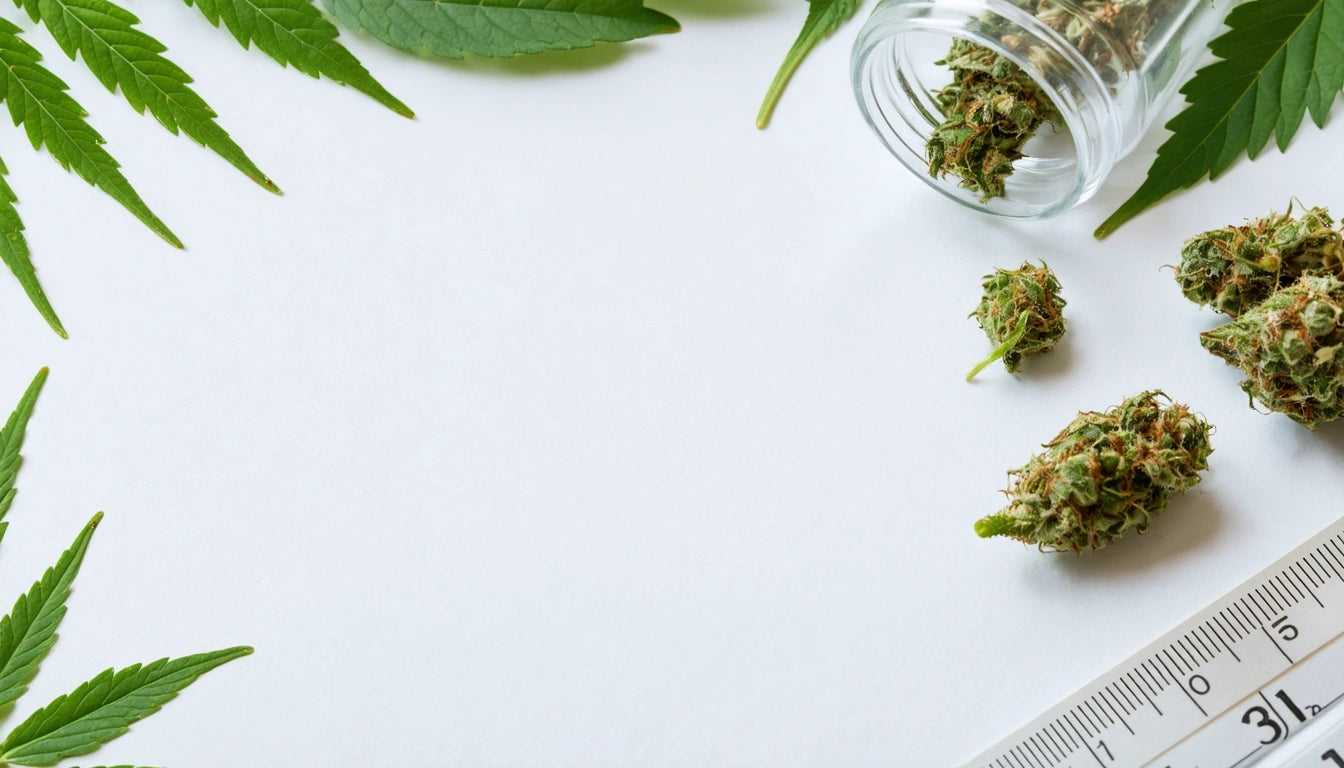Can Airport Security Scanners Detect Cannabis and THC Products?
Airport security remains a primary concern for travelers considering bringing cannabis products through TSA checkpoints. Understanding what security scanners can and cannot detect helps travelers make informed decisions about the risks involved when traveling with marijuana or THC products.
How Airport Security Scanners Work
Airport security utilizes multiple scanning technologies to screen passengers and their belongings. The two primary scanning systems include:
X-Ray Baggage Scanners
X-ray machines create detailed images of bag contents by measuring density and atomic number of materials. These scanners display organic materials (including plant matter) in orange or brown colors, while metals appear blue or black, and mixed-density items in green.
Millimeter Wave Body Scanners
These full-body scanners use radio frequency waves to detect objects concealed under clothing. They create a generic outline of the body and highlight anomalies or foreign objects that require further inspection.
Neither scanner type is specifically calibrated to detect THC compounds. Instead, they identify suspicious shapes, densities, and organic materials that may warrant additional screening.
Cannabis Flower Detection Capabilities
When wondering what does weed look like on a TSA scanner, the answer lies in its organic composition. Cannabis flower appears as an organic mass with a distinctive shape and density.
On X-ray scanners, dried flower typically shows up as an orange or green-tinted organic mass. The density and shape of packed cannabis can trigger suspicion, especially when:
- It's stored in vacuum-sealed packages
- Multiple packages are grouped together
- The organic material has a uniform, compressed shape
For those concerned about detection, using proper storage solutions like smell-proof mylar bags might reduce odor detection, but won't prevent visual identification on scanners.
THC Concentrates and Vapes on Scanners
The question of can airport scanners detect THC oil is common among travelers. Concentrates and vape products present different detection challenges:
Vape Pens and Cartridges
Vape devices appear similar to other electronic items on scanners. However, their battery components and liquid chambers create distinctive shapes that security personnel are trained to identify. As noted in this guide on traveling with THC vapes, the primary concern is the device's resemblance to other prohibited items.
Concentrates and Oils
Wax, shatter, and oils appear as organic substances with varying densities. While the scanner cannot determine if the substance contains THC, unusual packaging or containers might trigger additional screening.
Edibles and Scanner Limitations
Many travelers wonder what do edibles look like on airport scanner displays. Edibles present the lowest visual detection risk because:
- They typically resemble ordinary food items
- Scanner operators cannot distinguish THC-infused products from regular snacks
- Commercial packaging can be replaced with generic food containers
However, suspicious packaging arrangements or large quantities of similar food items might still trigger additional screening. According to this resource on flying with cannabis, edibles in original packaging present a higher risk of identification.
Canine Detection Units and Other Methods
Beyond scanners, airports employ additional detection methods:
K9 Units
Most airport canine units are trained to detect explosives rather than drugs. However, some airports do utilize drug-sniffing dogs that can detect cannabis terpenes and other compounds. These units are more commonly deployed in international arrival areas rather than domestic security checkpoints.
Visual Inspection
TSA agents are trained to identify suspicious items and behaviors. Unusual packaging, nervous behavior, or items that appear out of place may trigger a manual bag search regardless of what appears on the scanner.
When considering can weed be detected in airport scanners, remember that human factors play a significant role in the screening process.
Risk Assessment and Legal Considerations
While understanding scanner capabilities is important, travelers should remember that cannabis remains federally illegal in the United States. According to this comprehensive guide, TSA's primary mission is security, not drug enforcement. However, if they discover cannabis during screening, they are required to report it to local law enforcement.
The consequences vary depending on:
- Local laws at departure and arrival locations
- Quantity being transported
- Whether you have medical documentation
- Individual officer discretion
For medical patients, specific considerations apply that may reduce but not eliminate legal risk.
While scanner technology continues to evolve, the fundamental limitations remain: these devices detect shapes, densities, and anomalies, not specific chemical compounds. Understanding these limitations helps travelers make informed decisions about the risks they may face when considering traveling with cannabis products.











Leave a comment
All comments are moderated before being published.
This site is protected by hCaptcha and the hCaptcha Privacy Policy and Terms of Service apply.